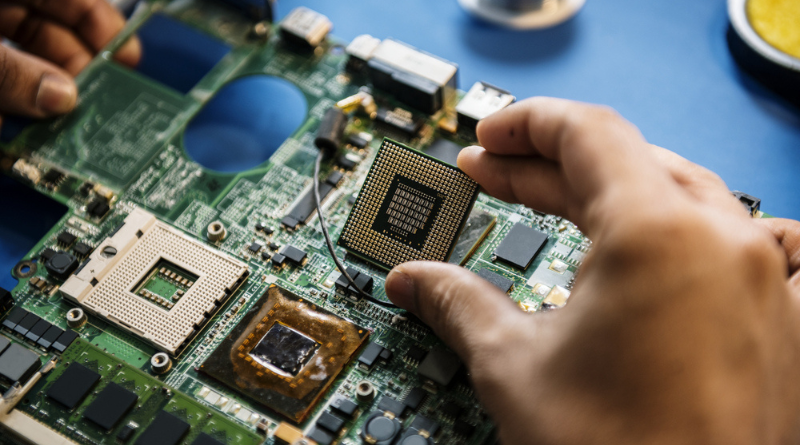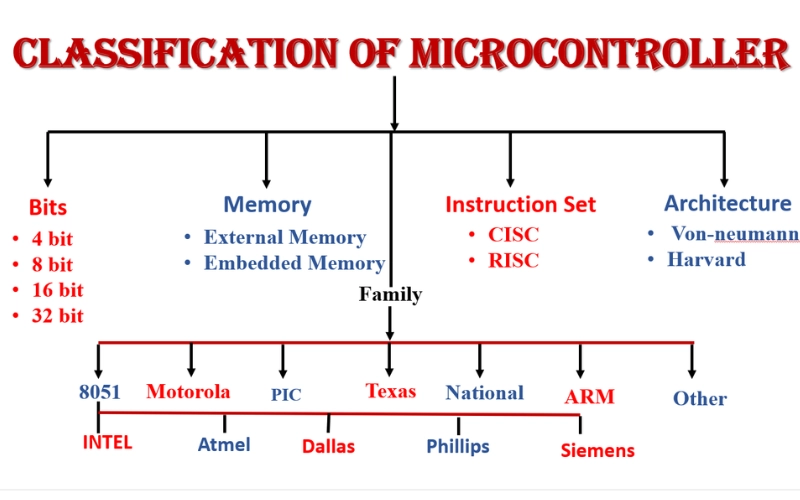
Remarkable advances have been made in the field of microprocessor design that have pushed computing power and performance limits. The microprocessor instruction set of opcodes, mnemonics, and operands plays a central role in these discoveries. Researchers aim to develop advanced architectural paradigms that take microprocessors to unprecedented levels. Buses, controllers and documentation ensure seamless communication and support a wide range of applications. This article explores instruction set expansion for greater efficiency and speed to revolutionize microprocessors and provide an improved computing experience.
classification

The 8085 microprocessor instruction set can be divided into five convenient headings.
DATA TRANSFER INSTRUCTIONS
Includes instructions that move data between registers or between memory locations and registers. During all data transfer operations, the contents of the source record are not changed. Therefore, information transfer is a repetitive process.
Example: (1) Mov A, B (2) MVI C,45H
Calculation instructions
Contains the instruction that performs the addition, subtraction, increment or decrement operations. The flag conditions change whenever a corresponding instruction is executed on this cluster.
Example: (1) ADD A, B (2) SUI B,05H
LOGICAL INSTRUCTIONS
The command that performs logical operations such as “AND”, “OR”, “EXCLUSIVE OR”, “Complement”, “Compare” and “Rotate” is listed under this heading. The flag conditions change as soon as the associated command is run on this cluster.
Example: (1) ORA A (2) Cuckoo B, 01H
BRANCHING GUIDE
Commands used to transfer program management from one storage location to another storage location are classified under this heading.
Example: (1) Decision (2) JMP 4100
MACHINE MANAGEMENT GUIDE
Instructions associated with interrupts are taken into account and the instructions do not interrupt program execution.
Example: (1) NOP (2)Finish
Every instruction in a program must process data. The method of specifying the data to be processed by the instruction is called addressing.
addressing

The 8085 microprocessor has the following five different addressing types.
- Immediate addressing
- Direct addressing
- Register addressing
- Register indirect addressing
- Implicit addressing
Immediate addressing
In this mode, the information is presented in the instruction itself. The information is located near the program instructions.
Example: MVI B, 3EH – Moves the 3EH data specified in the command to register B; LXISP, 2700H.
Direct addressing
In this mode, the address of the information is specified in the instruction. Information is stored in memory. With this type of addressing, program instructions and data can be stored in several memories.
Example: LDA 1050H – Loads market information into the accumulator in memory location 1050H; SHLD3000H
Register addressing
In record addressing mode, the order indicates the name of the record under which the information is accessible.
Example: MOV A, B – Moves the contents of record B to record A; SPHL; ADD C
Register indirect addressing
In indirect register addressing mode, the instruction defines the name of the register in which the information address is accessible. The information is in memory and the conversation is in the data set.
Example: MOV A, M – Memory data addressed by HL Combine is transferred to register A. LDAXB
Implicit addressing
In this mode, the instruction itself specifies the information to be processed.
Example: CMA – Complements the contents of the accumulator; RAL
Conclusion
In summary, there have been notable advances in microprocessor design that have improved computing power and efficiency. The microprocessor instruction set of opcodes, mnemonics, and operands plays a central role in these discoveries. Researchers aim to develop advanced architectural paradigms that take microprocessors to unprecedented levels. Addressing methods and different categories of commands contribute to efficient data processing. Manufacturers like Intel have significantly contributed to this continuous improvement. These advances promise a future with improved computing experiences across all domains and applications.

